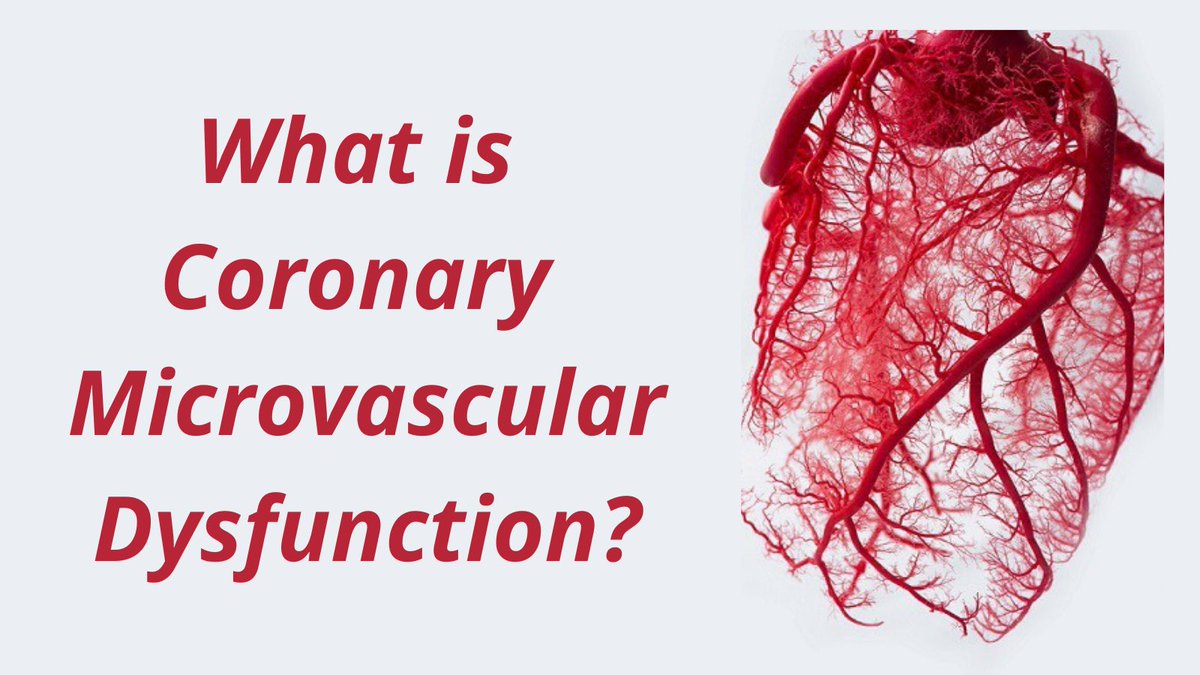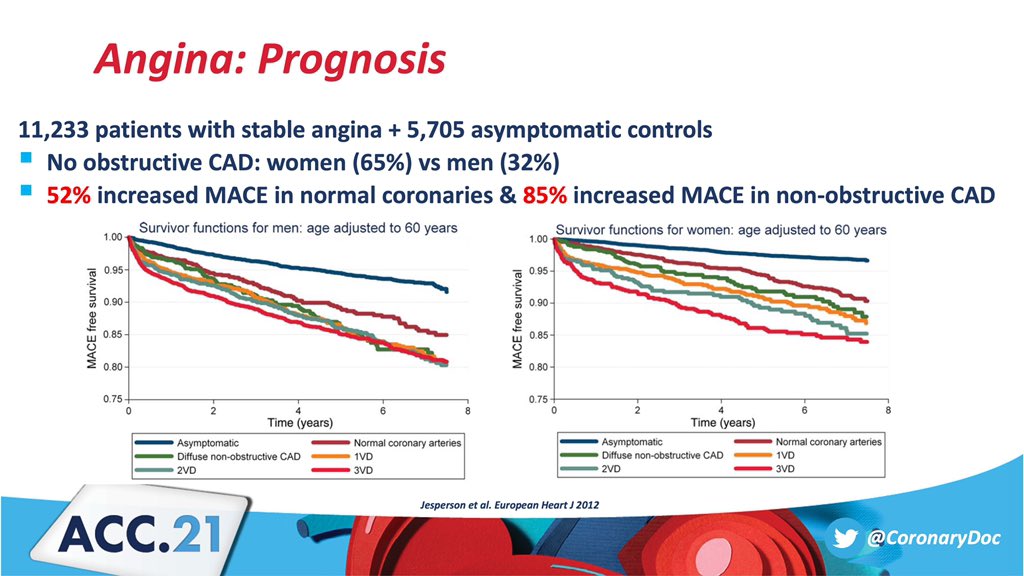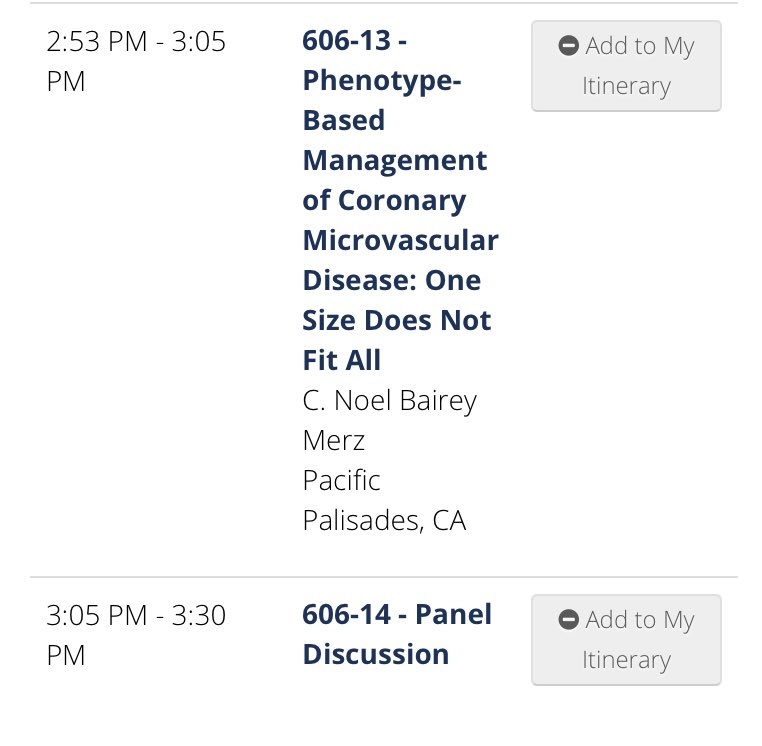A Large LA or The Largest LA?
@emoryheart @emorywomenheart @MayoClinicCV @RezaEmaminia @mudphudheart @DrPascalMeier @chadialraies @mmamas1973 @ASE360 @SBarrosGomes @CMichaelGibson @ACCinTouch #ACCFIT #echocardiography #echocardiac #cvImaging #echofirst
@emoryheart @emorywomenheart @MayoClinicCV @RezaEmaminia @mudphudheart @DrPascalMeier @chadialraies @mmamas1973 @ASE360 @SBarrosGomes @CMichaelGibson @ACCinTouch #ACCFIT #echocardiography #echocardiac #cvImaging #echofirst
Answering Questions:
46 y/o woman, rheumatic MS, AF/AFL, recent stroke and dysphasia (2/2 stroke and/or large LA)
And here are the tracing and measurements
46 y/o woman, rheumatic MS, AF/AFL, recent stroke and dysphasia (2/2 stroke and/or large LA)
And here are the tracing and measurements

More Images of This Giant LA & Mitral Disease (in additional comments)
@RezaEmaminia @ASE360 @DavidWienerMD @DrPascalMeier @emory_heart @onco_cardiology @purviparwani @SamRRazaMD @almasthela @iamritu @mswami001 @mmamas1973 @jameschilee @JJheart_doc

@RezaEmaminia @ASE360 @DavidWienerMD @DrPascalMeier @emory_heart @onco_cardiology @purviparwani @SamRRazaMD @almasthela @iamritu @mswami001 @mmamas1973 @jameschilee @JJheart_doc


• • •
Missing some Tweet in this thread? You can try to
force a refresh




































